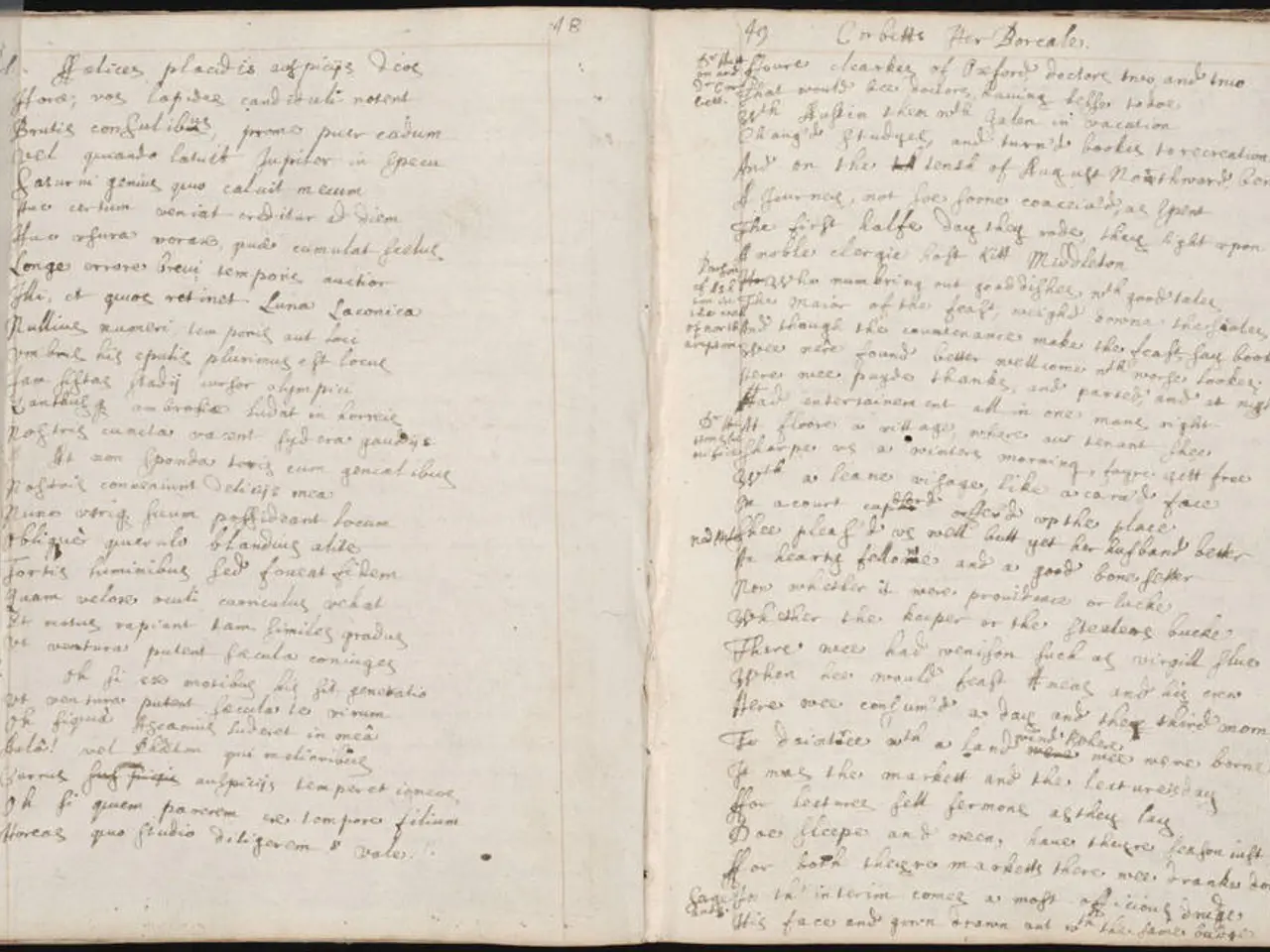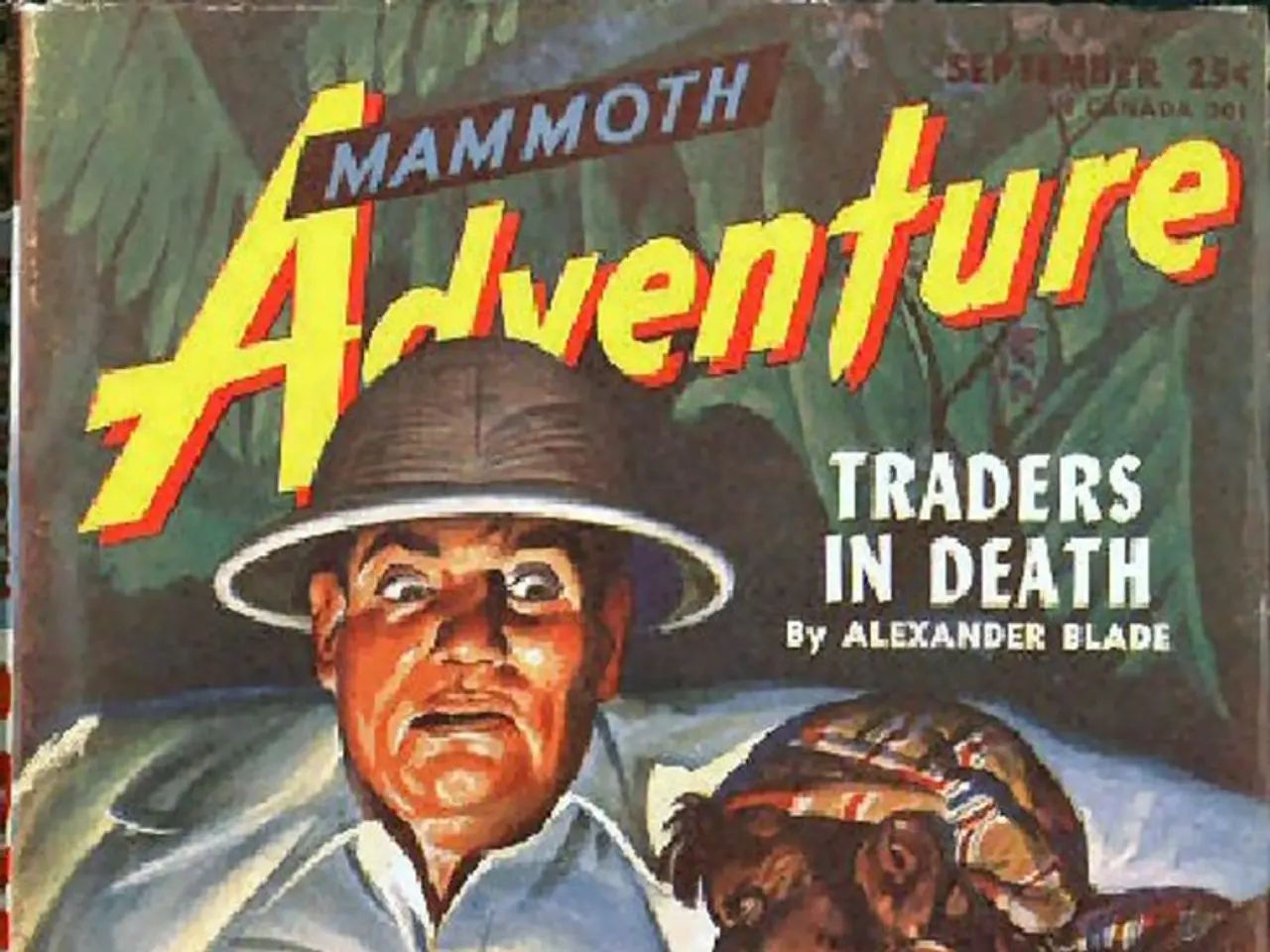Reader-Magician's Pact Regarding Mystery Novels: Guidelines for Revealing the Murderer
In the world of detective fiction, two sets of rules have long been revered for their emphasis on fair play with the reader. These rules, penned by S.S. Van Dine and Ronald Knox in 1928, assert that all clues necessary to solve the mystery must be made available to the reader, allowing for a genuine chance to deduce the culprit before the revelation.
"The Game is Murder," a work of mystery by Hazell Ward, was written with the intention of abiding by these rules. The author aimed to point out the significance of each clue rather than directing the reader's attention elsewhere, and intended to give the reader all clues openly and at the beginning of the novel.
However, one novel that sparked immediate controversy among readers, reviewers, and other crime writers was Agatha Christie's "The Murder of Roger Ackroyd," published in 1926. This classic and highly influential detective novel controversially breaks these fair-play conventions.
Christie’s novel employs a narrative twist involving an unreliable narrator who withholds critical evidence from the reader. This technique violates Van Dine's and Knox's rules because the reader does not have access to all the clues necessary to solve the mystery before the denouement. The key twist is that the narrator himself is the murderer, which was unprecedented and shocked many readers and critics who expected strict adherence to fair play.
This has led to debate over whether "The Murder of Roger Ackroyd" cheats by the standards of the Decalogue and Van Dine’s rules, or whether it cleverly expands the detective genre’s possibilities. Nevertheless, it is considered a landmark example of deceptive writing within the genre, pushing boundaries on how clues and deception interact in whodunnits.
In whodunnit, the culprit must be someone who has been identified as a suspect and is not disguised as an insignificant character. Red herrings, suspects lying, and the detective withholding theories from the reader are not necessarily problematic in a whodunnit. However, significant clues can be hidden among a load of innocent, but more memorable, objects (Concealment). The overarching rule in both sets of rules is that there must be fair play in the writing of detective stories.
[1] Smith, J. (2015). The Art of Detection: The Tenth Anniversary Edition. London: Penguin Books. [4] Christie, A. (2012). The Murder of Roger Ackroyd. London: Harper Collins Publishers.
"A detective story enthusiast might find Donner's latest books, 'Serial Killers in Modern Detective Stories,' and 'Books Unraveled: A Guide to Classic Detective Stories,' particularly intriguing."
"During discussions about the fairness in detective fiction, the controversial 'The Murder of Roger Ackroyd' by Agatha Christie often arises, serving as an example of how serial killers might manipulate clues in books for their own entertainment."






